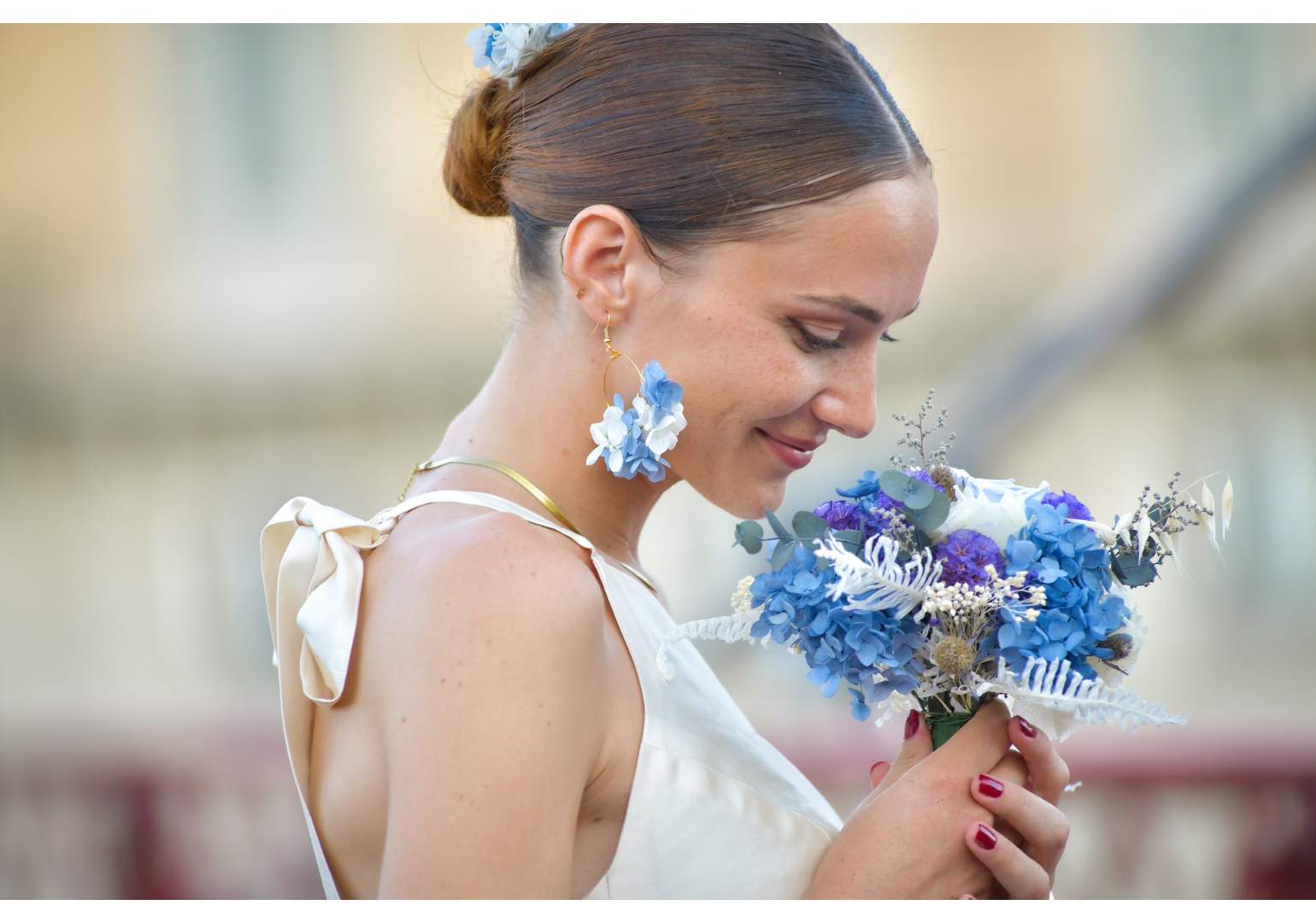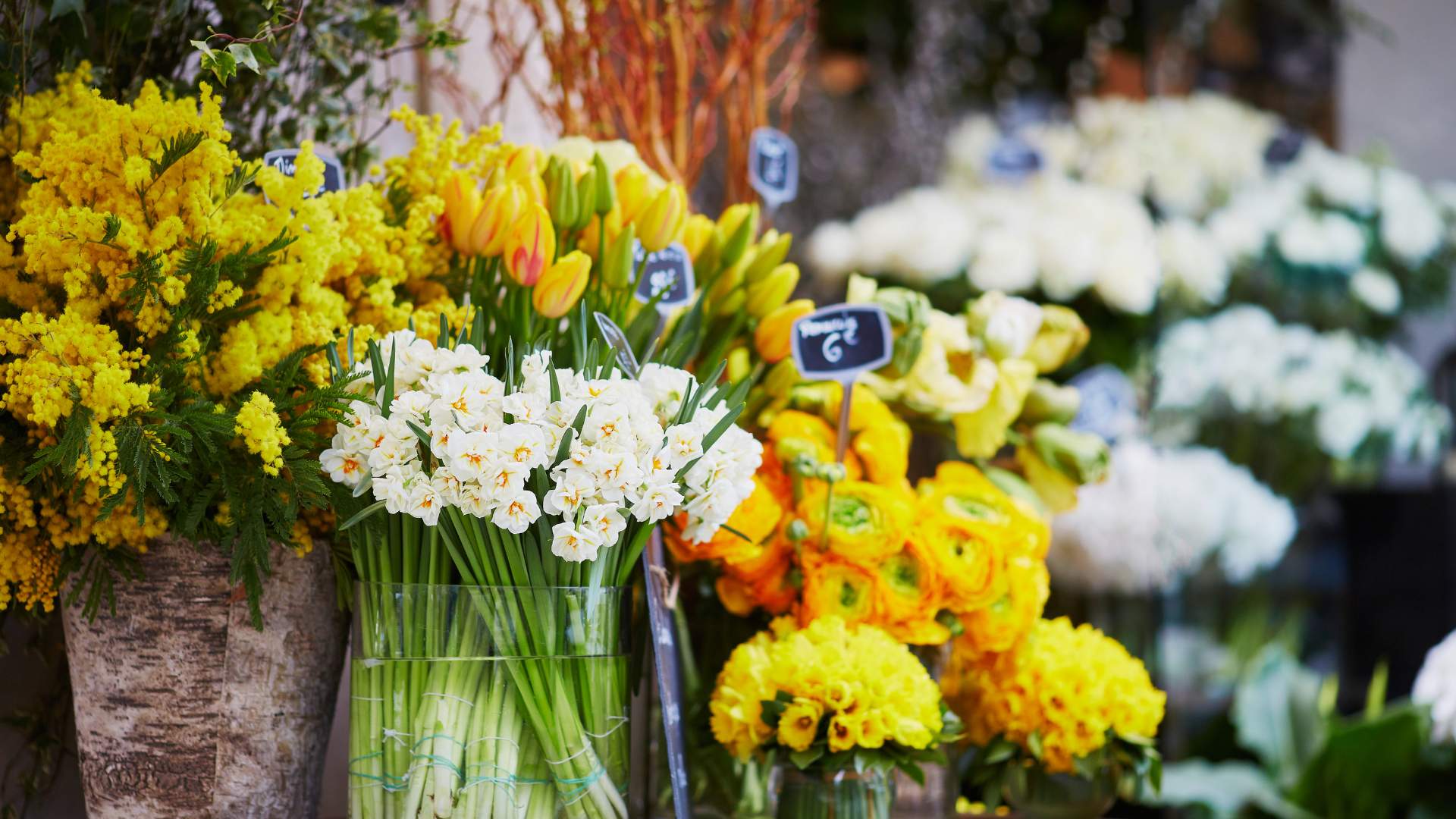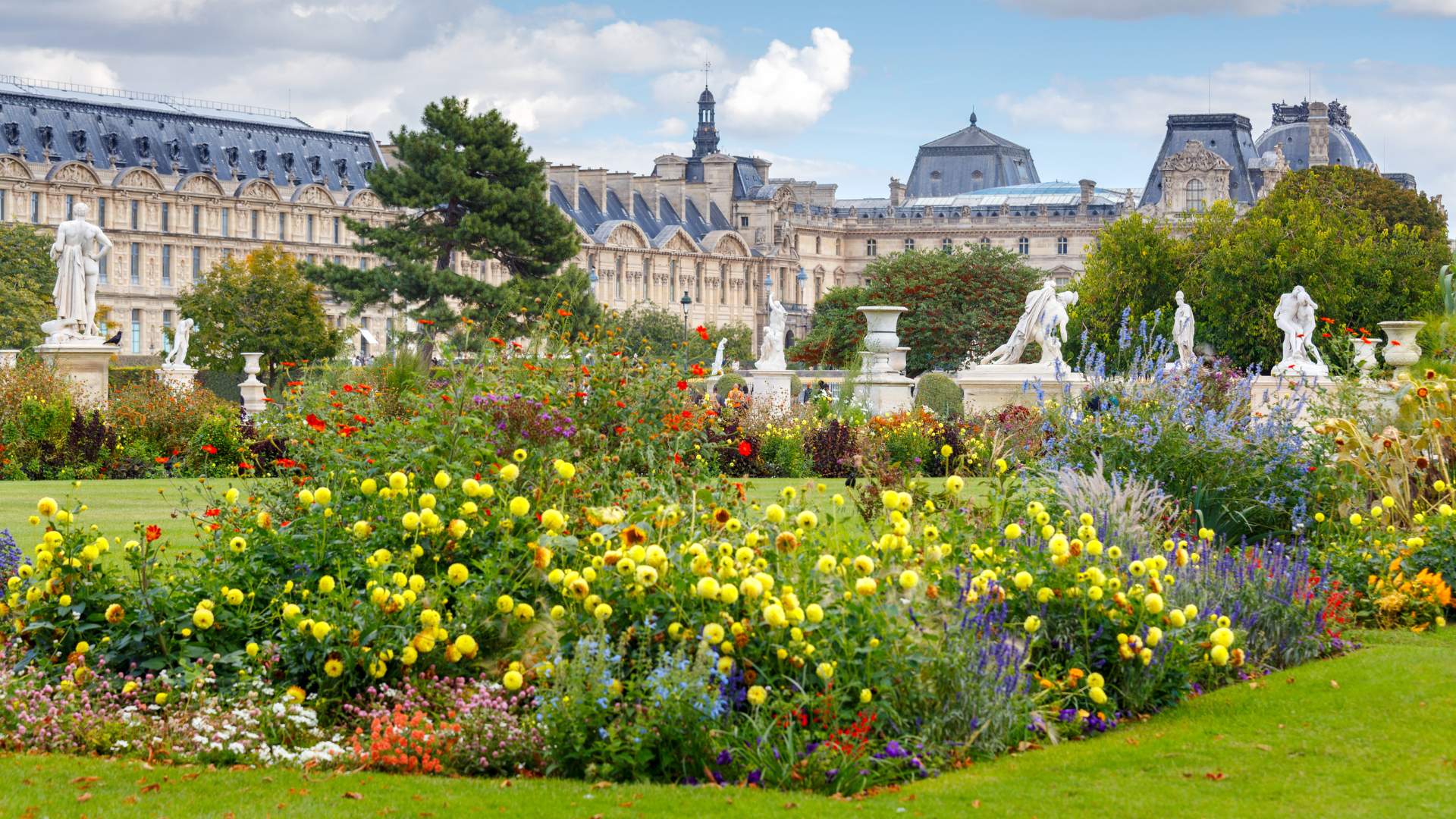The meanings of colors, compositions adapted to each situation
The death of a loved one is a time of great sadness and contemplation. In many cultures, flowers play a crucial role in funeral ceremonies, providing a way to pay tribute to the deceased and show affection and compassion for the grieving family. Choosing the right flowers and arrangements for such a solemn occasion requires careful consideration and an understanding of the meanings associated with different flowers and colors. This article explores funeral flowers, color meanings, and arrangements appropriate for each occasion.
Funeral Flowers and Their Meaning
Each flower has a special meaning, and some are more appropriate for expressing mourning and respect.
- The Lilies
- Meaning : Purity, majesty and rebirth of the soul.
- Use : White lilies are commonly used in funeral arrangements to symbolize peace and renewal of the soul of the deceased.
- The Roses
- Meaning : Eternal love, respect and remembrance.
- Uses : White roses symbolize purity and respect, while red roses evoke deep love and respect. Yellow roses can symbolize friendship and closeness.
- The Carnations
- Meaning : Remembrance and admiration.
- Use : White carnations represent pure love and good luck, while red carnations symbolize admiration.
- Chrysanthemums
- Meaning : Death and sorrow.
- Use : In many cultures, chrysanthemums are used exclusively for funerals and graves, symbolizing mourning and commemoration.
- Gladioli
- Meaning : Strength of character and sincerity.
- Use : Gladioluses are often used in funeral arrangements to signify the strength and integrity of the deceased.
The Meanings of Funeral Flower Colors
The colors of funeral flowers add an extra dimension of meaning and emotion.
- White
- Meaning : Purity, peace and innocence.
- Use : White flowers are most commonly used for funerals, representing the purity and peace of the deceased's soul.
- Red
- Meaning : Love, respect and courage.
- Use : Red flowers, such as roses, are used to express deep love and respect for the deceased.
- YELLOW
- Meaning : Friendship and happy memories.
- Use : Although less commonly used, yellow flowers can symbolize friendship and happy memories shared with the deceased.
- Pink
- Meaning : Gentleness, gratitude and sympathy.
- Use : Pink flowers are appropriate to express gratitude and sympathy to the bereaved family.
- Blue
- Meaning : Serenity and peace.
- Uses : Blue flowers, although less common, can be used to symbolize peace and tranquility.
- Purple
- Meaning : Dignity, respect and spiritual regeneration.
- Use : Purple flowers can be used to honor the dignified character of the deceased.
Floral Arrangements Adapted to Every Situation
Flower arrangements for funerals should be chosen based on the relationship with the deceased and the type of ceremony.
- Funeral Wreaths
- Description : Wreaths are circles of flowers arranged on a frame. They symbolize the cycle of life and continuity.
- Use : Often placed on the grave or near the coffin, they are appropriate to express deep respect and eternal memory.
- Sheaves and Bouquets
- Description : Sheaves and bouquets are arrangements of cut flowers.
- Use : They can be sent to the funeral home, church, or directly to the bereaved family to express condolences and support.
- Cushions and Flower Hearts
- Description : These compositions are often cushion or heart shaped.
- Use : Flower cushions are often placed near the coffin, while hearts symbolize love and affection towards the deceased.
- Standing Compositions
- Description : These are arrangements of flowers arranged on a vertical support.
- Use : Ideal for funeral services, they create an impressive visual tribute and can be placed around the coffin or in the ceremony room.
- Potted Plants
- Description : Live potted plants, such as peace lilies, are sustainable alternatives to cut flowers.
- Use : They can be given to the family as a living and lasting memory.
Tips for Choosing Funeral Flowers
- Considering the Deceased's Preferences
- Tip : If you knew the deceased's floral preferences, incorporating these flowers into the arrangement can add a personal and meaningful touch.
- Taking Culture and Customs into Account
- Tip : Different cultures have specific traditions when it comes to mourning flowers. Research the appropriate customs to avoid any faux pas.
- Respect Religious Preferences
- Tip : Some religions may have preferences or restrictions regarding funeral flowers. Check with your religion to find the appropriate arrangements.
- Choosing Seasonal Flowers
- Tip : Seasonal flowers are often fresher and more affordable. They can also add a natural and appropriate touch to the ceremony.
Tips for Caring for Funeral Flowers
- Change the Water Regularly
- Tip : For arrangements in vases, change the water every two days to prevent bacteria growth.
- Cut the Stems
- Tip : Cut the stems at an angle every few days to improve water absorption.
- Avoid Direct Heat
- Tip : Keep flower arrangements away from direct sunlight and heat sources to prolong their life.
Funeral flowers are a respectful and beautiful way to pay tribute to a deceased loved one. By understanding the meanings of different flowers and colors, as well as the types of arrangements appropriate for each situation, you can express your condolences in an appropriate and touching way. Whether you choose a wreath, spray, flower cushion, or potted plant, the important thing is to show your support and compassion for the grieving family. By carefully choosing flowers that respect cultural and religious preferences, you will pay a sincere and meaningful tribute.








